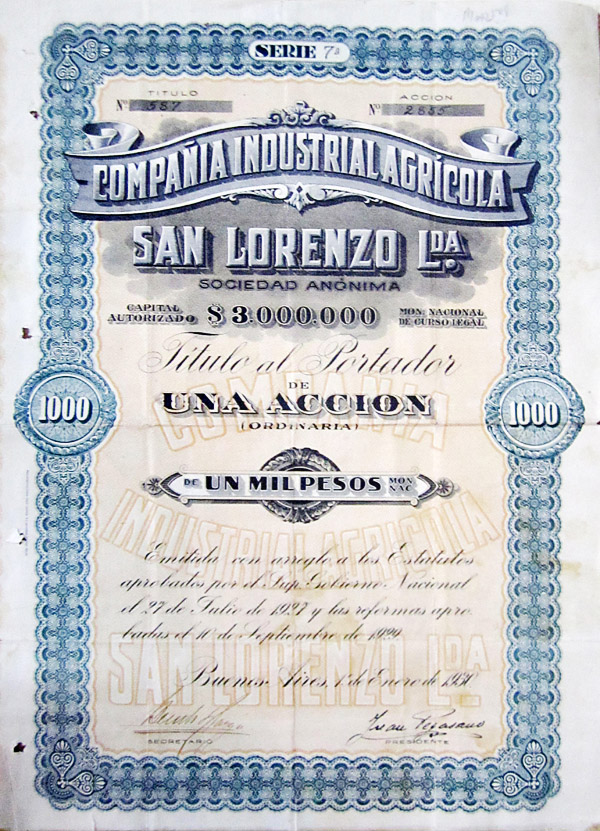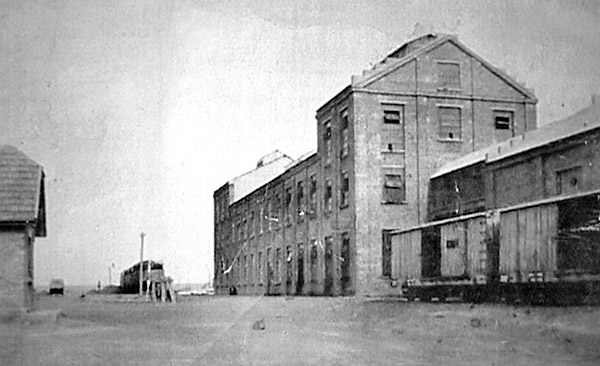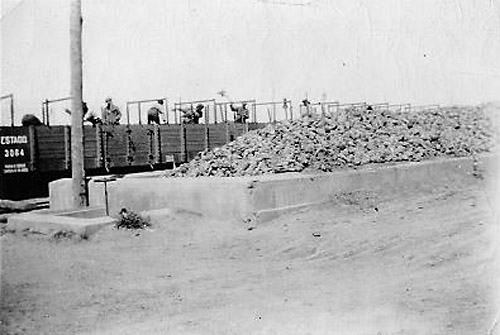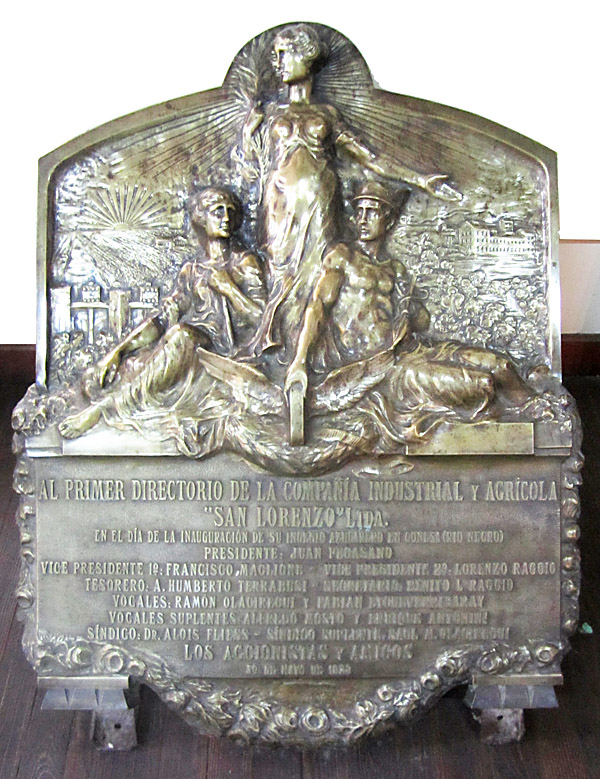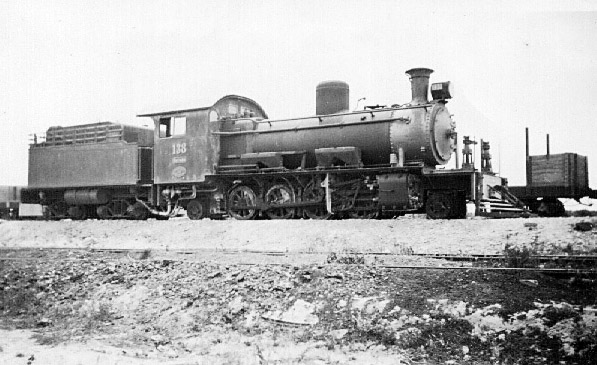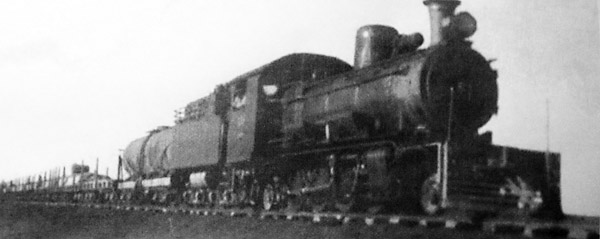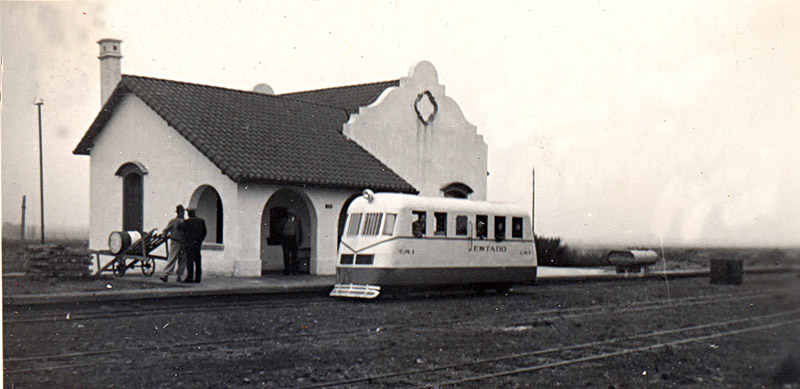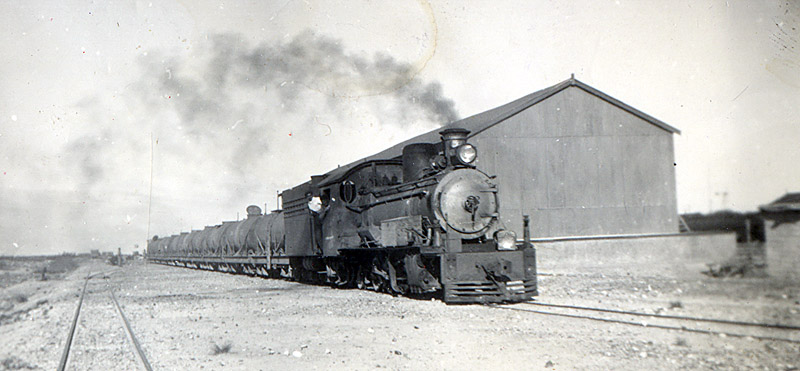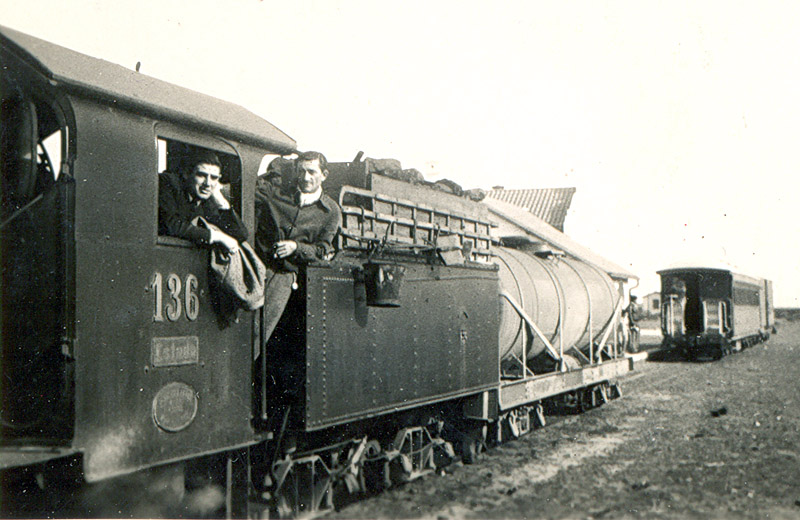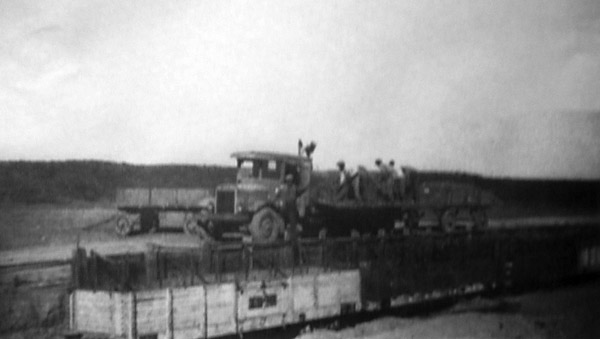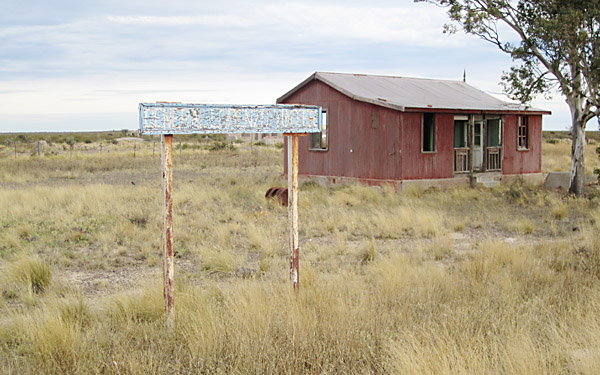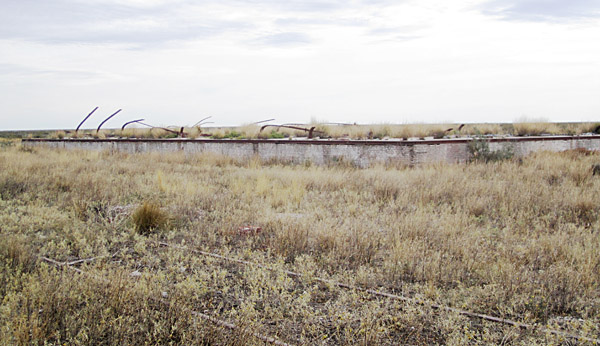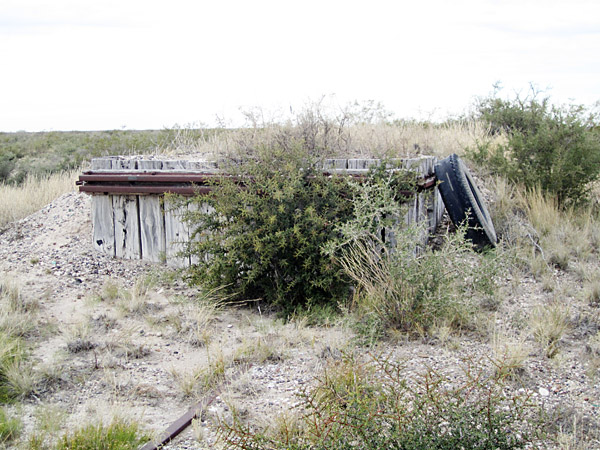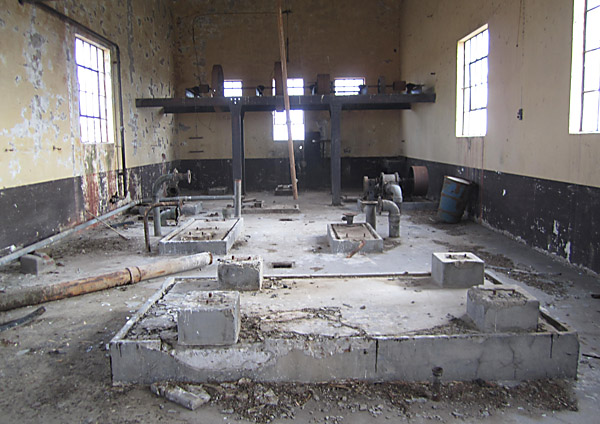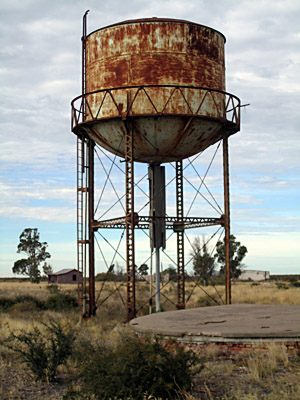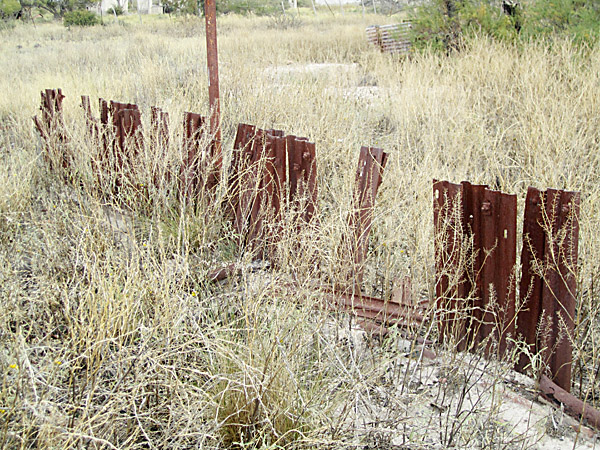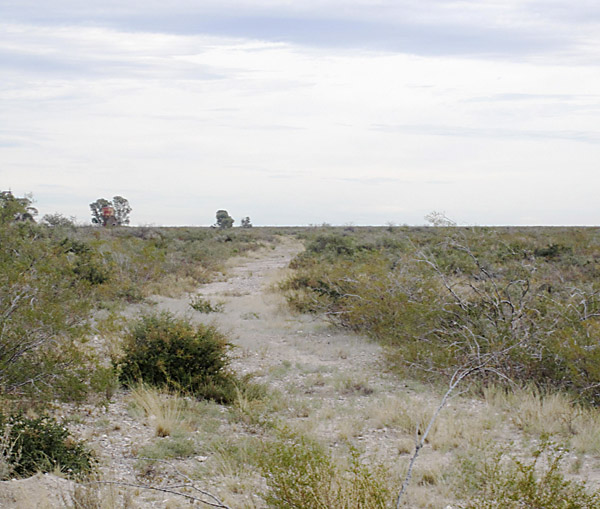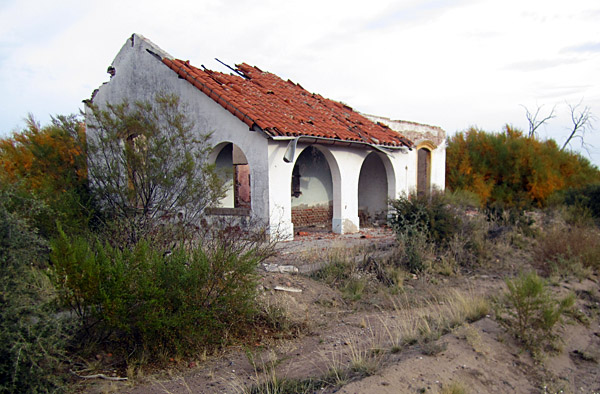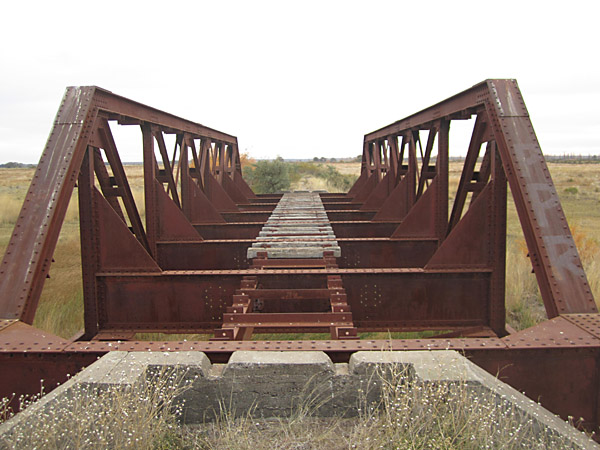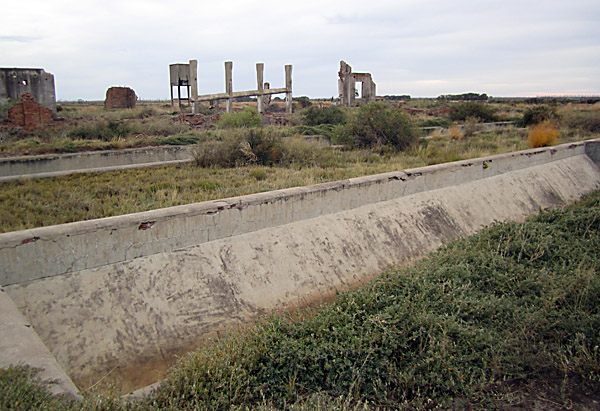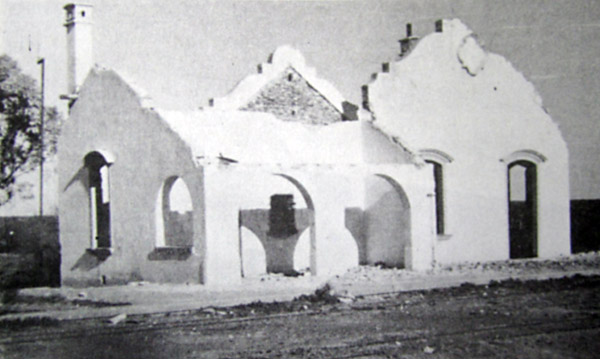 |
||||||||||||||||
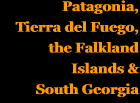 |
||||||||||||||||
 |
||||||||||||||||
 |
||||||||||||||||
Spare equipment builds a new line further north A number of proposals were made for broad-gauge railways to access the lower and middle parts of the Río Negro valley. The FC Sud was awarded concessions at various times – to unite San Antonio with Rio Colorado in 1908, and to link San Antonio with Choele-Choel in 1912 (1). Neither of these came to fruition. In 1929 a further proposal was made by the Sud to run a railway up the valley, from Patagones to Darwin on their Neuquén line. This met opposition from the shipping interests on the river and it too failed to get off the ground. It was left to the narrow gauge to fill the gap, albeit inadequately and with little success. Sugar beet on the Río Negro The various laws and decrees which permitted the construction of the Rio Negro 75cm gauge branch are set out in this summary found in the Retiro railway museum. It will be noted that the original suggestion was for the line to set off from Nueva Leon station on the broad gauge, rather than Gral. Lorenzo Vintter, the next station west, which was eventually preferred.
A share certificate for the beet refining company who built the railway (11).
A new line to the refinery
Above are seen narrow gauge vans outside the principal buildings of the refinery, whilst below high-sided open wagons ('bordes altos') are being emptied of the raw sugar beet which is being deposited in big concrete troughs which still exist amongst the derelict remains of the ingenio (). The frames over the wagons suggest that the beet was protected from the weather during its journey. Initially, before the completion of the route beyond the main refinery, the timetable allowed a path for a daily goods train each way, crossing at Km 39 and taking about four hours for the journey to San Lorenzo. At this stage there were no scheduled passenger trains. The plaque unveiled at the opening of the refinery (11). Maybe the winged wheel held by one of the figures at the top is supposed to represent the railway, but if so it is unfortunately unflanged and so perhaps a harbinger of the whole project heading off course in later years.
Problems in the beet fields The railway seems to have staggered on for some years. Whilst half of the wagons had been transferred to the newly-built Esquel line by 1945, 67 or so remained to be worked by two out of the original 6 Henschel 2-8-2s. There are various dates quoted for the line's closure, from 1960 onwards, but the closure of stations did not appear in a supplement to the Manual de Estaciones until 1965. The Rio Negro newspaper reported the lifting of the track in 1968 (6). An itinerary of locations along the line is available in an appendix page.
Locomotives The photo below shows Henschel 2-8-2 no. 138 in original condition at General Vintter on 22 November 1937 (7). This was a couple of years after the line began operating. Note the rather puzzling coupler, with a long link stretching over the extended cowcatcher (pilot). Other interesting early features include the original sandboxes, the individual brass numbers and the traversing jacks. Broad gauge wagons stand in the background. In 1934 whilst the route was still under construction, three of these Henschels had been recorded as coal-burning, whilst the other three including this one were oil-burners as proved by the tank mounted on the tender.
A loco on a long train, but surprisingly not made up of 'bordes altos' for the beet traffic. The tank wagon behind the tender may well have carried additional loco water.
A photo exists showing six Henschel 2-8-2s without tenders and standing on mixed gauge track (8). This might have been at San Antonio works, either for this line or for the Ingeniero Jacobacci - Esquel route, or they may have been photographed at General Vintter on their initial unloading. Rail Coaches
Also of interest is the siriaca (the typical Argentine platform barrow) with an oil drum at the side of the station. Wagons and one coach This view shows a lenthy train of tank wagons headed by an unidentified locomotive.
The crew take a breather after having arrived and uncoupled from the train. The tank wagon behind the engine is probably for water to increase its range. The tender has high boards behind the coal rails to increase capacity.
A poor photo, but showing beet being transferred from a lorry to high-sided wagons. for shipment to the refinery.
Timetables The 1936 passenger timetable is displayed below, showing that a 'Mixto' ran twice a week in each direction, taking almost five hours outward from General Vintter and slightly shorter in the return direction. Of course there may well have been additional goods only workings, particularly during the 'remolacha' or sugar beet season.
By 1946, of course, the sugar-beet processing 'ingenio' had been closed and the trains running through to Coronel Fransisco Sosa were limited to a goods train as necessary ('condicional') on a Tuesday and returning on a Wednesday, and a 'mixto' on a Saturday returning on a Monday. The goods train took around six hours for the journey, whilst the mixto ran somewhat quicker and took about four and a half hours. The railway nowadays Nevertheless, there are a few remnants to be found. At the southern end the broad gauge station at General Vintter is largely derelict, and whilst the narrow gauge tracks were clearly removed fairly efficiently in the late 1960s, there are still items of interest related to the station's role as a junction. The station nameboard is difficult to read but the building behind remains fairly sound.
The corral for transferring livestock has been stripped of its fencing but the raised platform beneath still stands.
As does the end-on loading bay, with a broad gauge siding still in place beneath it.
There were oil tanks here for locomotive fuel as well as water tanks. It is therefore not clear precisely what purposes this pumping station fulfilled.
However, outside, the water tower stills stands.
Somewhat puzzlingly, this fence is constructed from a multitude of 60cm gauge steel sleepers, possibly a remnant of the construction railway when the broad gauge was being built.
A few hundred metres east of the station, the route to the Rio Negro valley turns north, by way of one side of the loco turning triangle. The trackbed here is still less vegetated that the surrounding pampa and can be identified fairly easily.
Towards the other end of the line, San Lorenzo station remains sufficiently intact for a visitor to appreciate the Spanish colonial style of architecture chosen by Messrs. Raggio and Pegasano not only for the railway but also for their own villas in La Luisa and General Conesa. The roof has largely gone but the walls and platform edge give a feeling not only for the original design but for the isolation that must have prevailed here most of the time even when the line was nominally in operation.
Just north of this station a triangle gave access to a branch running at right angles towards the river. This led to the sugar beet factory. To cross an irrigation ditch next to the main road it required a substantial truss bridge. This still stands, even carrying most of the original wooden sleepers. A water tank and the shell of a pumping station also remain, perhaps to provide water to the station for locos.
The factory was efficiently stripped and demolished in the 1940s to prevent its use as a refinery. However, one can still see the big troughs into which the beet was tipped from the rail wagons alongside.
The station at General Conesa was apparently demolished in the 1970s. The picture below shows it in its last years (6). The similarity with the building at San Lorenzo will be obvious.
Other sections of trackbed may remain but have not been examined in any detail. References 23-2-2018 |
||||||||||||||||
Chapter 7
The 1922 75cm gauge empire


Main pages
Railcars •
Esquel route construction photos •
Com. Rivadavia to Punta Piedras •
More photos at Com. Rivadavia •
Appendices
9 Track layout photos at Ing. Jacobacci •

